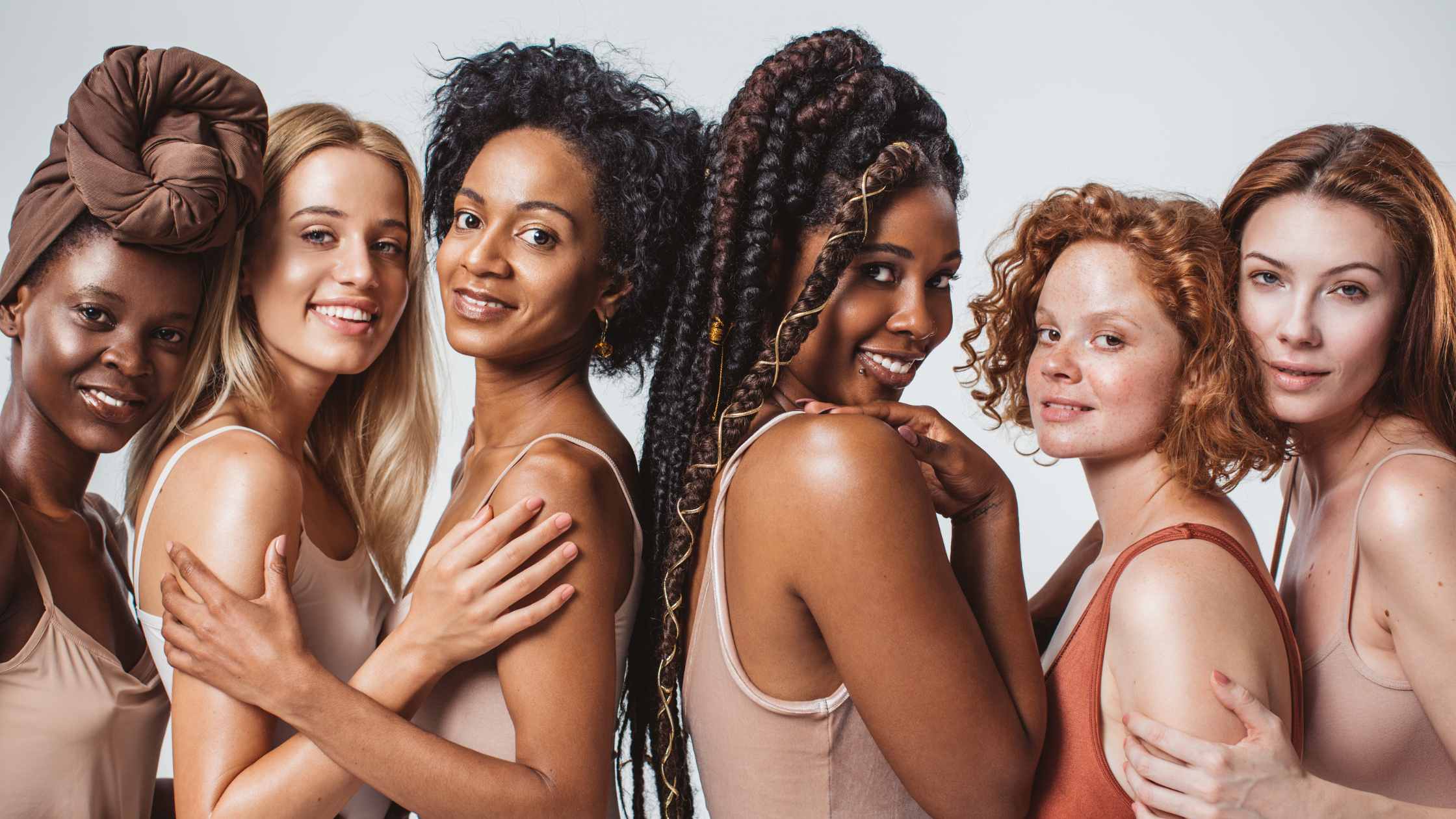prekforalldc.org – In a world that is increasingly interconnected, the concept of beauty has become a global conversation. The beauty compass, a metaphorical tool for navigating the diverse and often conflicting aesthetic ideals around the globe, reveals a fascinating landscape of preferences, standards, and aspirations. This exploration into international beauty standards not only highlights the variety of physical attributes that are celebrated but also delves into the cultural, historical, and social factors that shape these ideals.
The Diversity of Beauty Standards
Across different continents and cultures, the definition of beauty varies widely. From the tall, slender figures admired in many Western societies to the curvaceous bodies celebrated in some African and Latin American communities, the spectrum of physical attributes considered attractive is vast. Similarly, facial features such as eye shape, nose size, and skin color are subject to diverse standards, reflecting the unique histories and values of each region.
Cultural Influences on Aesthetic Ideals
Cultural narratives play a significant role in shaping beauty ideals. In Asia, for example, the value placed on youth and purity has led to a preference for pale skin, large eyes, and a slender frame. This is in contrast to the ideal in some Pacific Islander cultures, where a larger body size is associated with health, wealth, and fertility.
Religion and tradition also influence beauty standards. In some Middle Eastern and South Asian cultures, modesty is a key component of beauty, with emphasis placed on the concealment of the body rather than its exposure.
The Impact of Media and Technology
The advent of global media and the internet has had a profound impact on the dissemination of beauty ideals. Social media platforms, in particular, have become powerful tools for both the promotion and critique of various beauty standards. While they offer a space for diverse representations of beauty, they also contribute to the spread of unrealistic and often Westernized beauty ideals, leading to a phenomenon known as “beauty globalization.”
Navigating the Beauty Compass
Navigating the beauty compass requires a delicate balance between appreciating the diversity of aesthetic ideals and recognizing the impact of globalization on local beauty standards. It involves understanding the cultural significance behind these ideals and challenging the notion that beauty is a one-size-fits-all concept.
Embracing Diversity and Individuality
In an era where the beauty compass points in countless directions, embracing diversity and individuality is more important than ever. This means celebrating the unique features that make each person beautiful in their own right and resisting the pressure to conform to a single standard of beauty.
Conclusion
The beauty compass is a testament to the rich tapestry of human diversity. By exploring and understanding the various aesthetic ideals around the world, we can gain a deeper appreciation for the different ways beauty is perceived and valued. Ultimately, the journey through international beauty standards is not just about appearance; it’s about recognizing the beauty in diversity and the strength found in embracing our unique identities.
